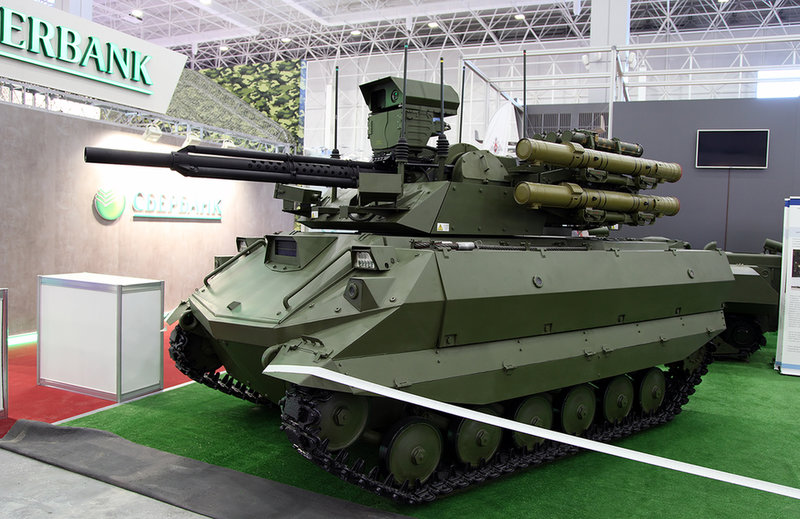DEALS ANALYSIS
AI, space and hypersonics are key themes driving M&As in aerospace and defence
Powered by
Hypersonic technologies, military space, high-intensity warfare, artificial intelligence and robotics have been identified by GlobalData as the major themes driving investment and therefore mergers and acquisitions (M&As) in the aerospace, defence and security sectors.
The volume of aerospace, defence and security M&As by thematic area, as tracked by GlobalData.
Hypersonic technologies
The maturation of hypersonic technologies has been driving M&A activity, with the Lockheed Martin acquisition of Aerojet Rocketdyne being a prime example
The technology is reaching the stage of implementation and approaching the fielding stage. Russia and China have both demonstrated domestically built hypersonic weapons, leading to increased interest and investment in the technology. As a consequence, counter-hypersonic technologies are also seeing increased interest and funding.
Acquisitions in hypersonic technologies will be driven by the need for primes to acquire the technologies as well as to consolidate and vertically integrate their offerings. Propulsion and vehicle value chains will be incorporated into larger value chains covering launch platform installation and system integration.
Space capabilities
Inextricably linked to the shift to peer-to-peer conflict has been the increased interest and expenditure in space systems, which has been a Russian strength historically. China has increased its activity, expenditure and research in space technology, particularly in the areas of launches, payloads and associated technologies from composites to communications to increased propulsion efficiencies.
The emergence of China has accelerated the imperative to secure, maintain and constellations for communications, reconnaissance and other activities, both for commercial and defence applications.
Increased commercialisation has been evident in the US, for example, where the United Launch Alliance’s monopoly on launch contracts has been broken by the government’s decision to open contracts to other bidders, such as SpaceX.
Another example is New Zealand, which has shifted to launching small satellites commercially.
Offering launch services is now a sector with increased commercial viability, which will result in increased interest from primes as well as seeing an increased number of market participants taking advantage of lowered barriers to entry.
Value comparison of aerospace, defence and security M&As by sector, as tracked by GlobalData.
High-intensity warfare
The shift from low-intensity warfare to high-intensity warfare essentially means the markets are adjusting to the procurement, research, development, and funding patterns associated with peer-to-peer confrontation, including advanced technologies and conventional platforms.
The shift means greater focus on conventional blue-water naval assets as well as conventional land fleets and the facilitation of mechanised warfare.
Increased vertical integration will be sought as a result, due to the need to incorporate new technologies in traditional platform types. This will create overlap with some other key themes in industry, such as artificial intelligence, robotics, cybersecurity, China’s growth, and more.
In the military aerospace domain, operations in contested airspace are driving the expenditure and implementation of new technologies. This results in the increased expenditure in previously neglected spaces, such as air-to-air munitions and signature management.
Increased interest in the acquisition of companies involved in the development of composites is expected to result from this.

The development of Russia's Uran-9 uncrewed combat ground vehicle (here on display at an event), has encouraged other nations to invest in uncrewed vehicle technology. Credit: Vitaly V. Kuzmin
Artificial intelligence and robotics
Artificial intelligence and robotics have seen increased expenditure due to the focus on higher-end technology implementation and integration.
While the uncrewed aerial vehicle (UAV) space has seen continuous growth, uncrewed systems for land and sea are now following suit.
Advances such as Russia’s adoption of the Uran family of vehicles have driven expenditure in the uncrewed vehicle space, resulting in increased commercial interest in companies producing the technology.
In the US, Oshkosh acquired Pratt Miller specifically to enter this space and acquire the technology and footprint. Acquisition of smaller companies in the AI and robotics spaces will occur as primes and companies involved in the value chain for larger vehicles and their associated systems will seek the submarket entry this provides.
In the maritime domain, there is particular interest in uncrewed systems with longer loiter times, and the shift to blue-water naval capabilities will accelerate this trend further. Networked uncrewed maritime assets are a key future tool for detecting submarines and other maritime systems, in addition to limiting capital ship exposure.
These technology areas see state funding and thus commercial investment due to the increase in Russian and Chinese naval activity, and the resultant need for the political west and a number of Asian allies to invest heavily in their own naval capabilities.
Naval capabilities were somewhat neglected during the ‘War on Terror’ years due to the absence of blue-water capability in the targeted terrorist elements. The rapid fielding of technologies and assets in the naval space will see smaller companies acquired by larger players in the maritime value chain to capitalise on this.
Source: GlobalData thematic research: M&A in Aerospace, Defense, and Security 2020. You can find the full report in the GlobalData Report store. For more insight and data, visit GlobalData's Aerospace, Defense & Security Intelligence Centre.